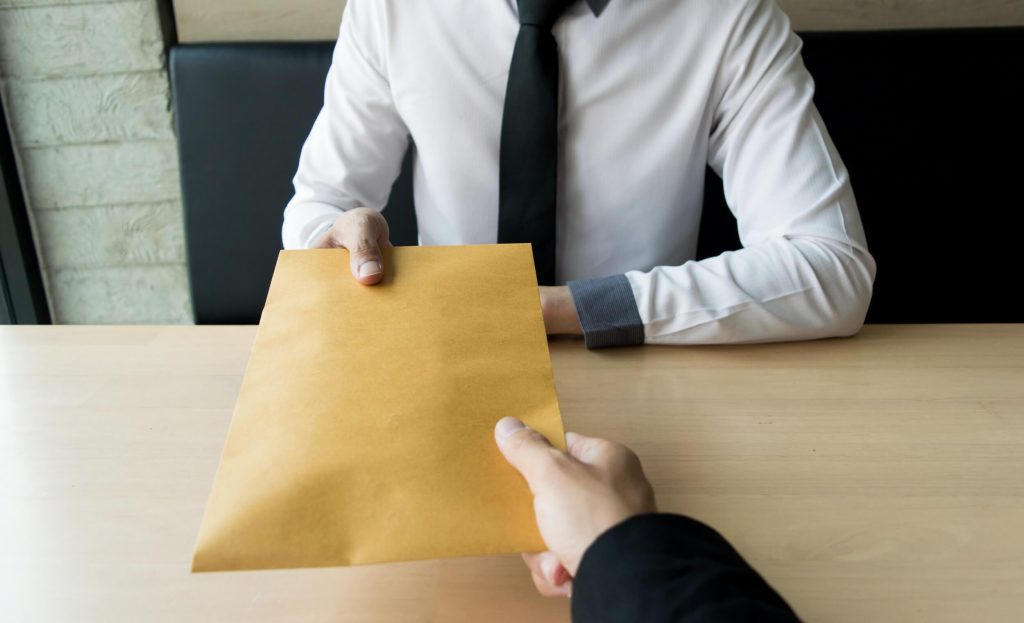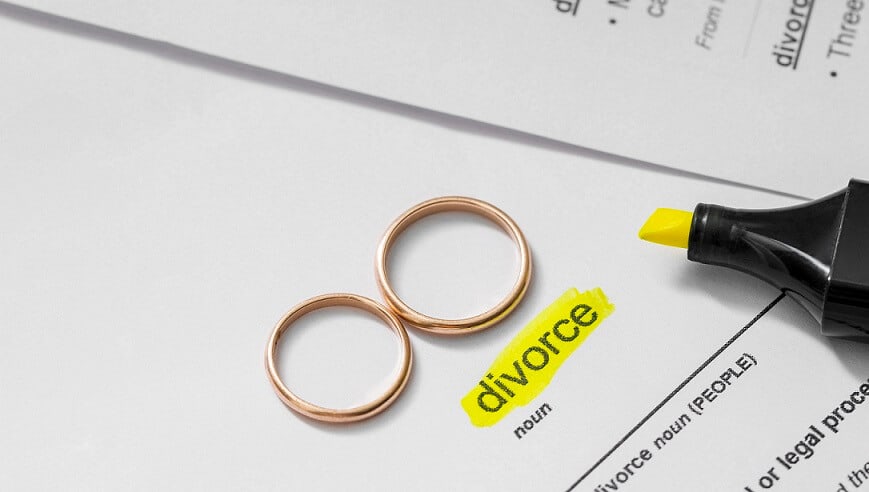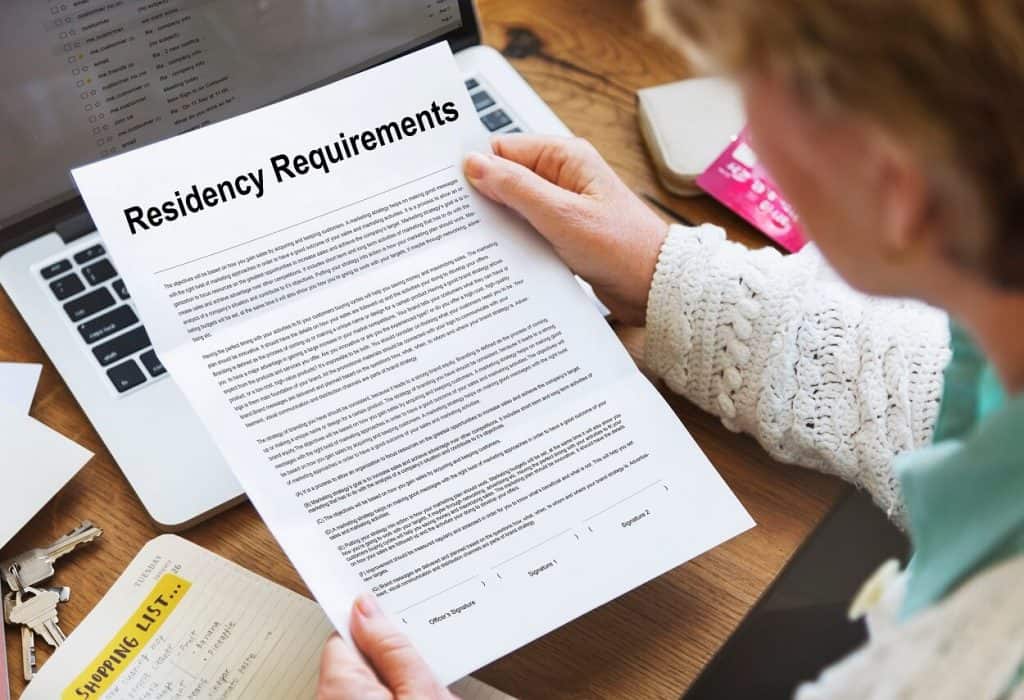After serving divorce papers on the other party, the spouse who initiated the case must wait for a response. In their turn, the respondent who received the documents should file their Answer or Counterclaim, depending on their intentions. In uncontested cases, when the parties have no disputes, and the defendant agrees to accept the papers, they can sign an Acknowledgement of Service, avoiding a more complex service of process with the third-party involvement. After that, spouses can create a mutual Settlement Agreement and obtain their Final Judgement and Decree of Divorce signed by the judge.
The Beginning of a Divorce Case: Filing and Serving the Petition
To start a divorce case, one of the spouses must file a Complaint for Divorce and other necessary papers with the court of the proper jurisdiction and pay a filing fee. After the clerk assigns a judge and a case number, the initiator of the action must notify the other party about it by officially serving them copies of the documents. A spouse who files for divorce is a plaintiff; the party served with the papers is the defendant.
When are divorce papers served? There is no formal deadline for the service of process in Georgia, but it would be advisable not to delay it. Normally, plaintiffs try to deliver the papers to the other party once they get the copies of the filed papers from the clerk to complete the service as soon as possible.
What Does “Being Served” Divorce Papers Mean?
“Being served divorce papers” means getting official notification from your spouse about the start of a marriage dissolution case.
The law requires that a respondent in any legal action knows that litigation was initiated against them. Since divorce is a civil legal case, a petitioner must notify the other party about it.
So, when you get served with divorce papers, it means that your spouse has filed a Complaint for Divorce with the court, and the process has officially started. You have 30 days to respond to the Complaint by filing an Answer or a Counterclaim if you object to something.
What Happens After Divorce Papers Are Served in an Uncontested Case?

In uncontested cases, spouses usually agree to all the divorce terms, so no counterclaims or objections would be involved. Moreover, the defendant can accept the papers and sign an Acknowledgement of Service, meaning that the services of a sheriff or a process server are unnecessary. Here are the steps of an uncontested divorce after the papers are served:
1. Acknowledgment of Service
If parties are cooperative and have no disputes, the defendant may agree to sign the Acknowledgement of Service, which is the simplest way to respond to the served papers. The plaintiff or their attorney gives the other spouse divorce papers and a completed Acknowledgement of Service form. The defendant must sign it in front of a notary public and return it to the plaintiff to file with the court along with the rest of the paperwork.
2. 30-Day Waiting Period
If you have a no-fault divorce due to an irretrievably broken marriage, you will have to wait 30 days after the service of process before the court may start reviewing your case, as stipulated in OCGA § 19-5-3 (13). The mandatory waiting period is imposed to give a couple a chance to reconsider their decision and probably reconcile, as well as an opportunity to settle all the divorce-related matters.
3. Settlement Agreement
If spouses agree on all the issues in an uncontested divorce, they should create a Settlement Agreement specifying all the terms concerning property division, debt allocation, child custody and support, alimony, etc., and sign it in front of a notary public. A 30-day waiting period is a perfect chance to make the final settlements.
4. Court Hearing (If Needed)
The judge may schedule a final uncontested divorce hearing to ask a few questions concerning your Settlement Agreement and sign the Final Judgment. In most cases, judges may finalize marriage dissolution through a Judgement on the Pleadings process that does not require any hearing.
5. Final Judgment
Divorce is finalized after the judge signs the Final Judgment and Decree of Divorce. They can do this at the final hearing or through a Judgement on the Pleadings process if they approve the paperwork and have no questions or objections.
What to Do After Being Served with Divorce Papers?

Once divorce papers are served, what happens next is determined by the process described above. You only need to follow the procedure step by step while being cautious and ensuring your rights are protected.
1. Review the Divorce Papers Carefully
Read the papers you received attentively and make sure that everything is up to your agreements with the spouse. You may ask an experienced family attorney to help you figure out the tricky legal terminology in the documents if needed. Learn the important information provided in the Summons carefully to know the court and the county where the Complaint was filed, as well as your deadline for response.
2. Sign the Acknowledgment of Service
If the information in the papers is in order and you have no objections, sign the Acknowledgement of Service completed by the petitioner. You must do this in front of a notary public to witness your signature. You may return it to the plaintiff or file it with the court yourself.
3. Discuss the Settlement Agreement
Meet with the plaintiff to discuss the terms of your divorce in all the details. Define exactly how you will divide your separate and marital property, who will be responsible for your debts and liabilities, how you will arrange child custody, visitation schedule, child support, insurance, and medical, educational, and other expenses, if any of you needs alimony and how it will be paid, etc. Put all these terms in writing in a document called a Settlement Agreement and sign it in front of a notary public.
4. Attend the Final Hearing (If Required)
If the judge schedules the final hearing, attend it if required. Sometimes, only the plaintiff needs to be present in the courtroom. Often, the judge signs the Final Judgment and Decree of Divorce through a Judgement on the Pleadings process without any hearing.
5. Comply with the Final Judgment
The Final Judgment and Decree of Divorce contain the binding orders for both parties. After your marriage is officially dissolved, you must comply with these orders to avoid any possible repercussions.



